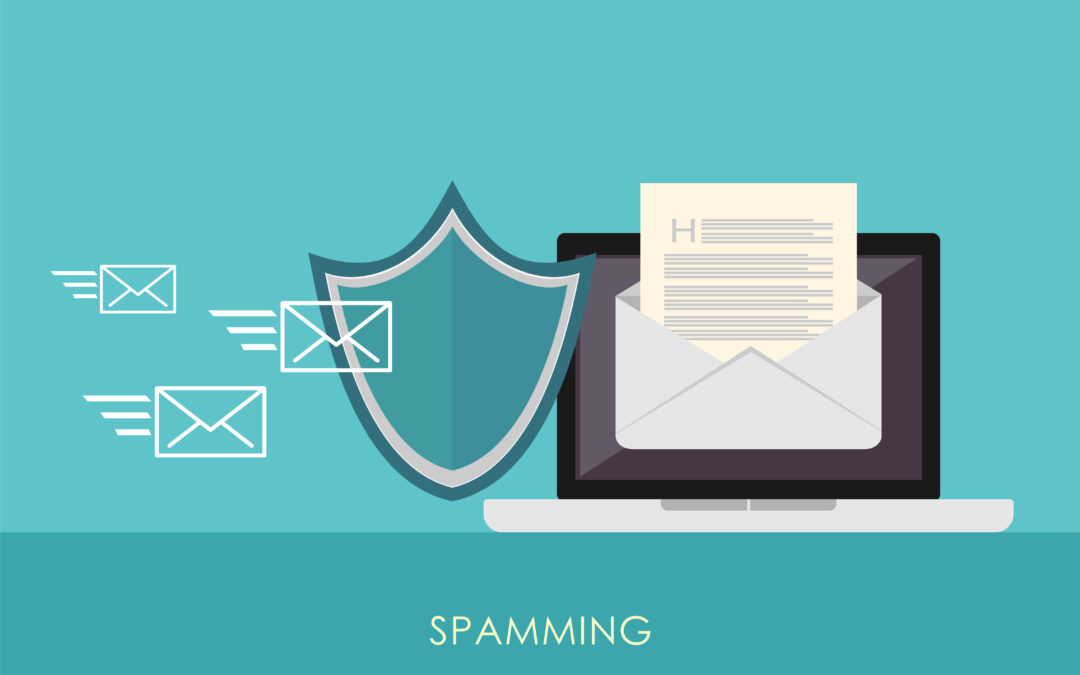Despite repeated predictions of its demise, email is alive and well. When used correctly, it’s a way to reach people directly, providing them with information or opportunities that address their challenges and needs in a clear-cut way. In fact, email marketing specifically is predicted to generate about $10.89 billion for marketers worldwide, showing that this channel still has plenty of juice.
However, we all know that the world of email has a spam problem. An Orbit Media survey found that more than one-third of emails people receive are from unwanted senders. When spam filters fail to catch this unsolicited junk, users waste time clearing them out or end up missing useful emails in the clutter.
Now, email providers like Google, Yahoo, and Microsoft are taking additional steps to reduce spam, applying stricter email standards with the goal of creating a better email experience. Unfortunately, this could negatively impact legitimate senders as well as spammers—if organizations fail to set their records up appropriately.
Here’s what you need to know to prevent your business from being caught in new anti-spam rules, whether you are sending bulk or individual emails.
Email Authentication 101: Three Email Authentication Methods You Can’t Ignore
Let’s start by going back to the basics. Domain Name System (DNS) at a very basic level is the white pages for the Internet, translating the text of domain names into a numerical IP address. The question is: how do you tell the good domains from spammy ones or even hackers spoofing your identity?
There are three email authentication methods to achieve that end.
Sender Policy Framework (SPF)
Does an email sender’s IP address match up with the authorized addresses to send from your domain? If it doesn’t, a message will be labelled as spam for noncompliance with SPF. How this works is that a recipient’s email provider will verify a sender’s SPF record is authentic before allowing the message to reach any inbox. DKIM stores the public key, which mail servers can check,
DomainKeys Identified Mail (DKIM)
We trust documents when they’re signed with an official signature, and DKIM offers the same level of trust on the digital level. When DKIM is properly established, there is a pair of public and private cryptographic keys which, when used together, confirm domain sender legitimacy. The private key signs the email as it departs from the sending domain’s server, and the recipient server uses the public key to verify the source of that message. If the keys don’t match, the message stays encrypted (aka it’s spam).
Domain-Based Message Authentication, Reporting & Conformance (DMARC)
What should a receiving email server do when it is done verifying SPF and DKIM? DMARC policies determine whether they should put an email in quarantine, reject it, or let it inside the inbox. Though much of that impacts recipients, your business still needs to publish DMARC records as a sender. It’s a way of signaling your good reputation as well as providing you with visibility around who is sending for your domain, authorized or otherwise. It’s your way of showing email providers you’ll go beyond to be an ethical emailer.
In the past, these three email authentication methods have been treated as optional, but now they are becoming mandatory. Anyone who wants their messages to make it through the gates of a recipient’s email provider needs to comply, whether you’re sending in bulk or to individual recipients.
Why Now Is the Time to Address the New Anti-Spam Rules
Even before the cemented rules go into effect during 2024, we’re seeing some domains get rejected for improper DNS and email authentication here and now. Not long ago, a new client reached out to our team because their leaders felt like their domain messages were being blocked. When we did an audit of their DNS services, we found the authentication was inappropriately defined and that the host they were using didn’t even support these protocols!
The first thing we did was move them onto a different domain host before taking the steps to establish the necessary SPF, DKIM, and DMARC records to signal to recipient email senders their messages were valid. This gave everyone from their executives to their recruiters and salespeople the chance to connect with the candidates, customers, and contacts who drove their business success.
With the year ending, we know that these new mandatory anti-spam rules will creep up on your business faster than you can imagine. No matter how you do it, make sure all your email authentication methods are up to date and your SPF, DKIM, and DMARC records are set up appropriately. If you need further help, reach out to Cubex to maintain and support one of the key communication channels your business can’t live without.
